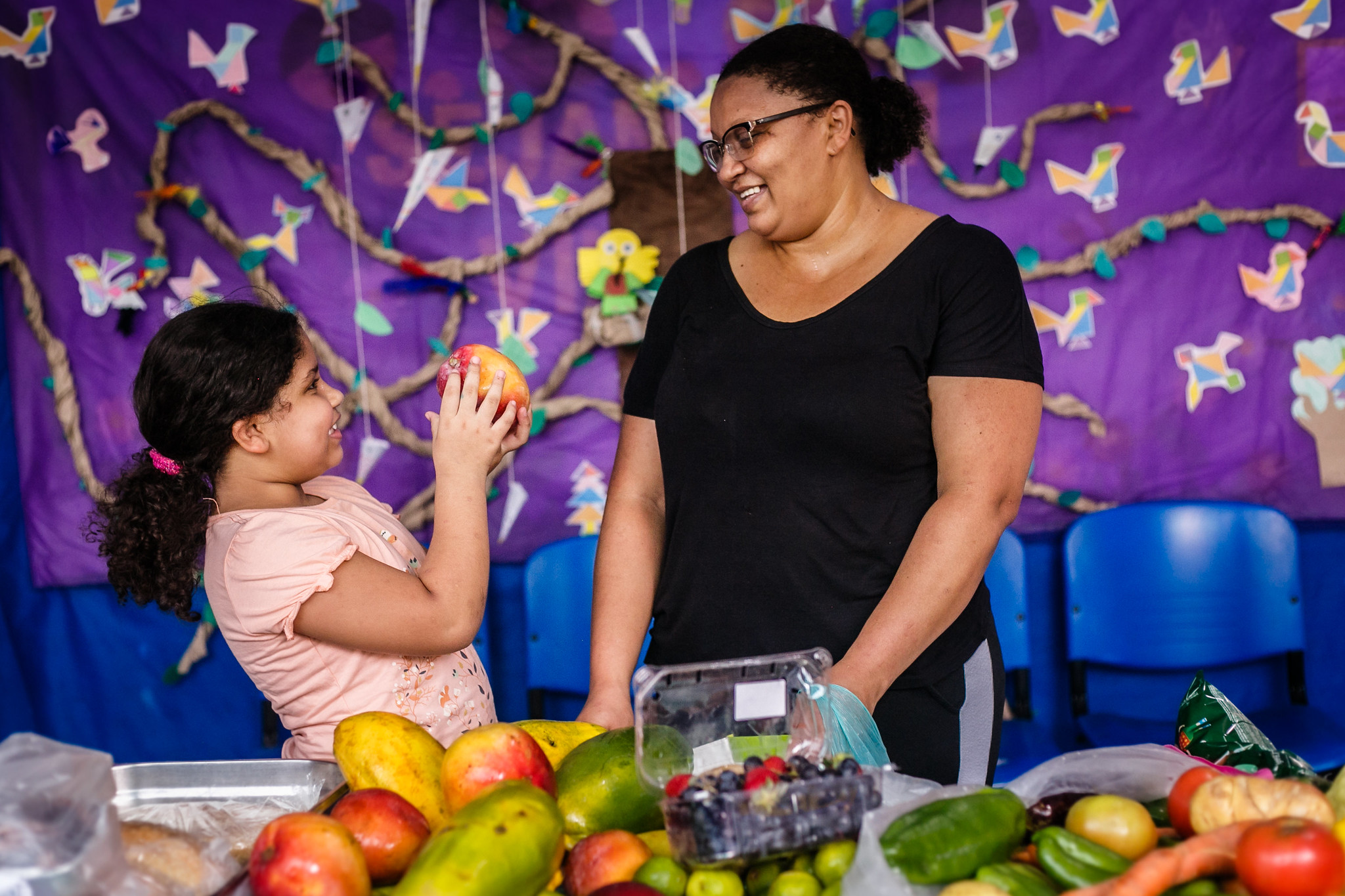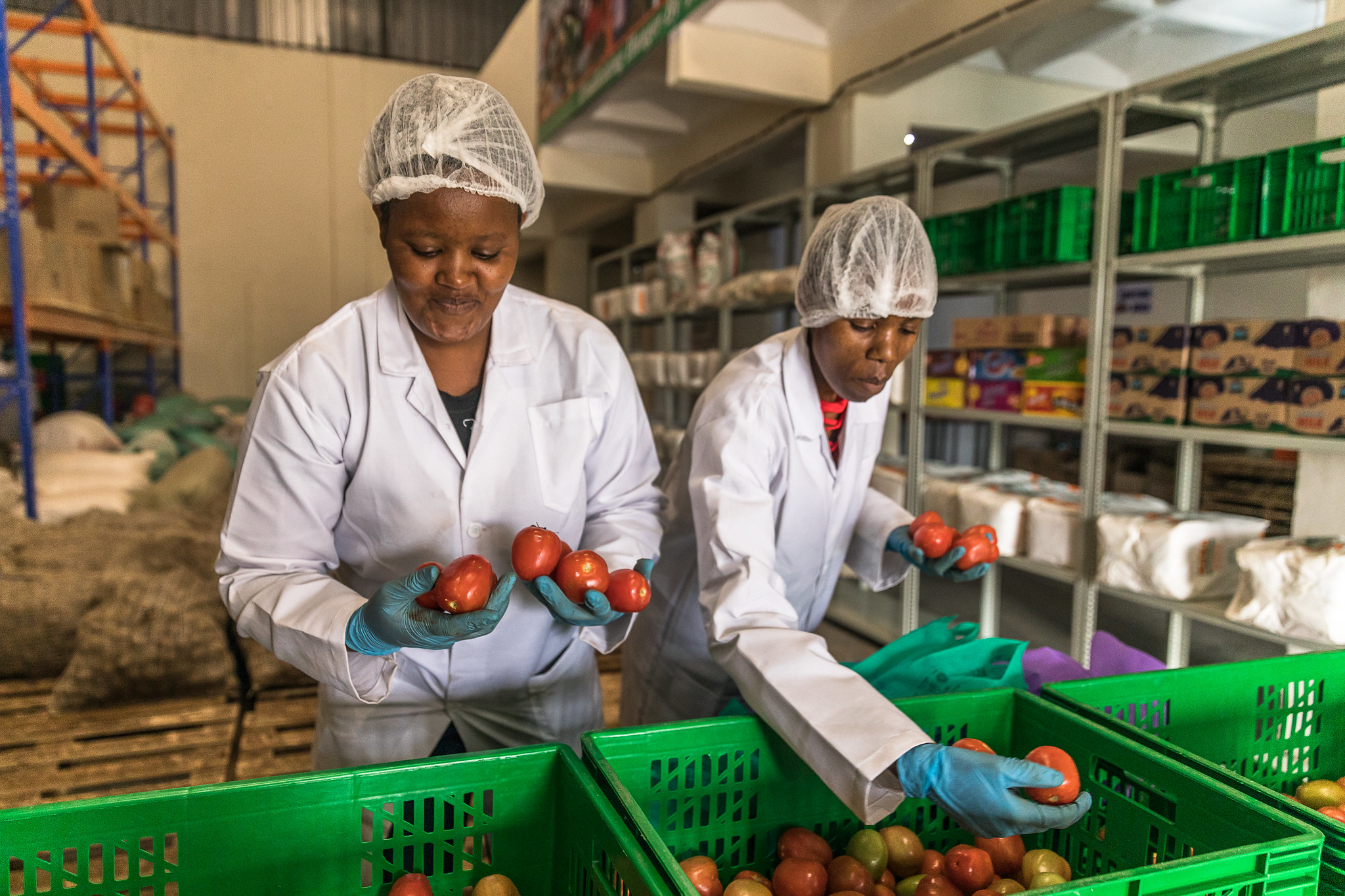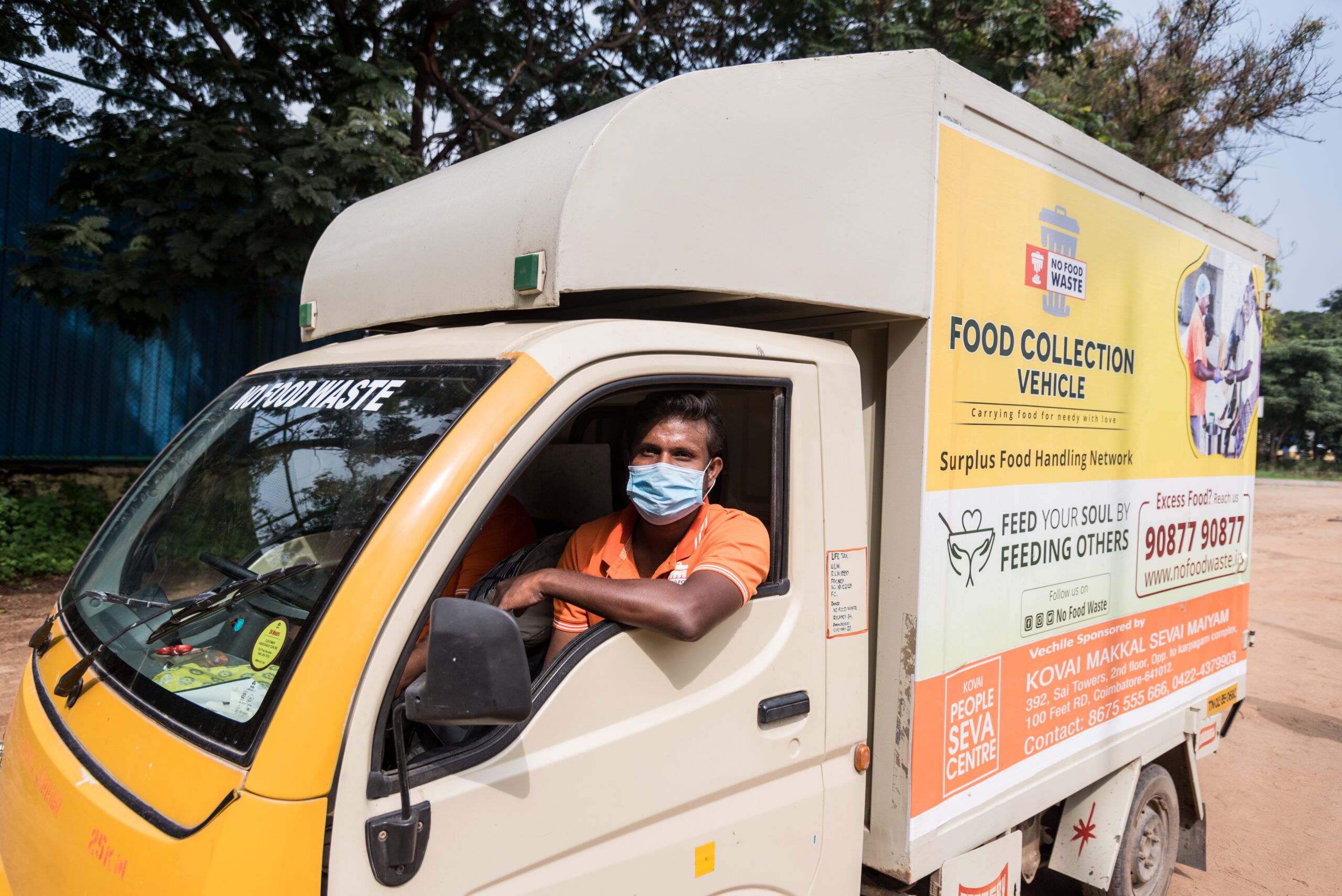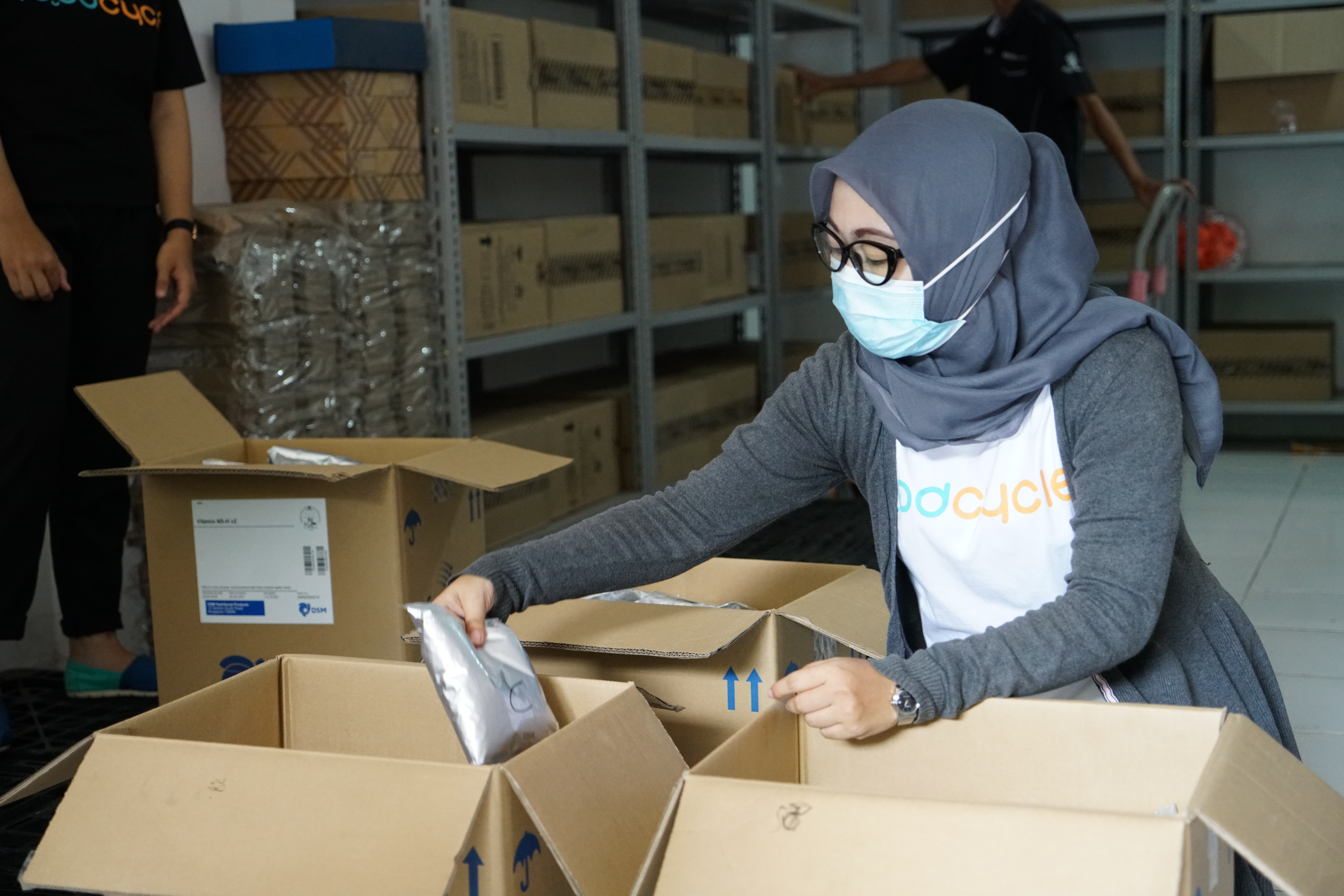
The world produces more than enough food to feed everyone, yet millions of people across the globe don’t have reliable access to the food they need.
No single organization or entity can solve the problem of global hunger alone. This mammoth challenge requires cross-sectoral collaboration. It requires the concerted efforts of individuals and institutions—governments, multilateral agencies, companies, and civil society organizations.
But if we’re going to solve hunger’s logistics problem, we need the participation of food banks.

Food banks are experts at solving the types of logistics problems at the root of the global hunger challenge.
The food bank model is simple but effective: Food banks partner with companies all along the supply chain to recover safe, wholesome food that would otherwise be discarded. Then food banks get that food to community-based organizations that distribute it to people facing hunger.
Essentially, food banks mirror the commercial supply chain—its infrastructure protects food safety, manages inventory, and handles shipping, storing, and distribution.
This model of food recovery and distribution provides communities with consistent food access that is sufficient, safe, nutritious—and that meets their preferences and dietary needs.
Where does GFN come in? Advancing food banks so they can reduce food insecurity is at the heart of our mission and is embedded into every aspect of our work. This comes in many forms including technical assistance, strategic grants, and product sourcing, and through programs like the New Food Bank Development program and the Accelerator program.
The food bank model can be adapted in many ways, but its most common operating structures are: the warehouse model; the prepared food recovery model; and virtual food banking. Scroll through the photos below to learn more about each model.



![]()
The United Nations Sustainable Development Goal (SDG) 2, Zero Hunger, calls to “End hunger, achieve food security and improved nutrition and promote sustainable agriculture.” Target 2.1 aims to “By 2030, end hunger and ensure access by all people, in particular the poor and people in vulnerable situations, including infants, to safe, nutritious and sufficient food all year round.”
Food banks are key players in ensuring access to safe, nutritious, and sufficient food for all people.
Learn more about how food banks advance actions across the SDGs.